Is Working Out at Home the Latest Fitness Fad?
If you are one of the younger Clever readers out there, you may have completely missed the era when at-home workouts were all the rage. From the 1970s to the mid-’90s, it was a staple in almost every healthy household to have a stack of VHS workout tapes under the TV (Sweatin' to the Oldies with Richard Simmons; Jane Fonda; Tae Bo with Billy Blanks!) and gimmicky equipment like the Thighmaster and the Ab Roller collecting dust in the corner. It’s hard to believe in this generation of Soul Cycle and Equinox, but there weren’t a ton of gyms around back then, and the ones that were catered mostly to weight lifters and athletes. So, Jazzercise and Step were often done in the comfort of the living room, while the NordicTrack or StairMaster was stuffed into the garage. That may sound like hell on earth to anyone that enjoys the sleek comforts of the modern day gym experience with its $150-a-month fees and eucalyptus-scented towels, but we have reason to believe at-home workouts are about to experience a renaissance.
Even Bruce Jenner had a home workout video.
The reason people left their living room for the luxury gym or boutique fitness studio in the early aughts is, largely, the other people. Community and crowds motivate people just as much as the workout these days, and small studios have more locations than ever, meaning you can observe the cultlike religion of FlyWheel or Barry’s Bootcamp whether you’re uptown, downtown, at the beach, or across the country. That’s all well and good…until it’s not. Fitness fanatics might not be so fanatic about the current state of boutique studios and fancy gyms: Classes are overcrowded and hard to reserve, prices have skyrocketed (Since ClassPass launched four years ago, a monthly membership in NYC has increased by $60), and those who were willing to spend a good chunk of their paycheck on fitness ten years ago are now saving up for a down payment and starting families. Which is why the at-home workout is primed for a revival. With a myriad of apps to stream workouts whenever you want, and equipment that blends seamlessly into the home, it will be easier than ever to break up with your gym.
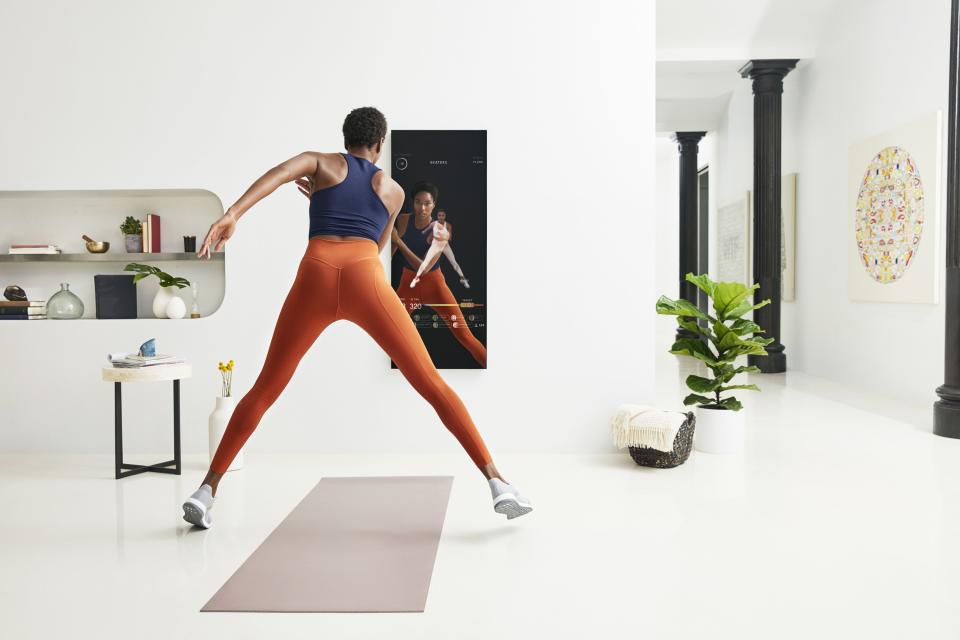
Take Mirror for example, a streaming device that looks just like something you would find at CB2, but does so much more than reflect. When turned on, Mirror brings the class experience to your bedroom, living room, or wherever, with live and on-demand workouts led by professional trainers and all the bells and whistles you can’t find in the average studio class. For instance, you can sync a heart rate monitor or Apple Watch to Mirror and it will display your stats (and encourage you to go harder!) as you workout. You can also customize the playlist (a personal favorite feature) and even tune out the trainer if you want to just follow along visually. Classes are updated constantly and range from strength training (BYO equipment though) to pilates to cardio.
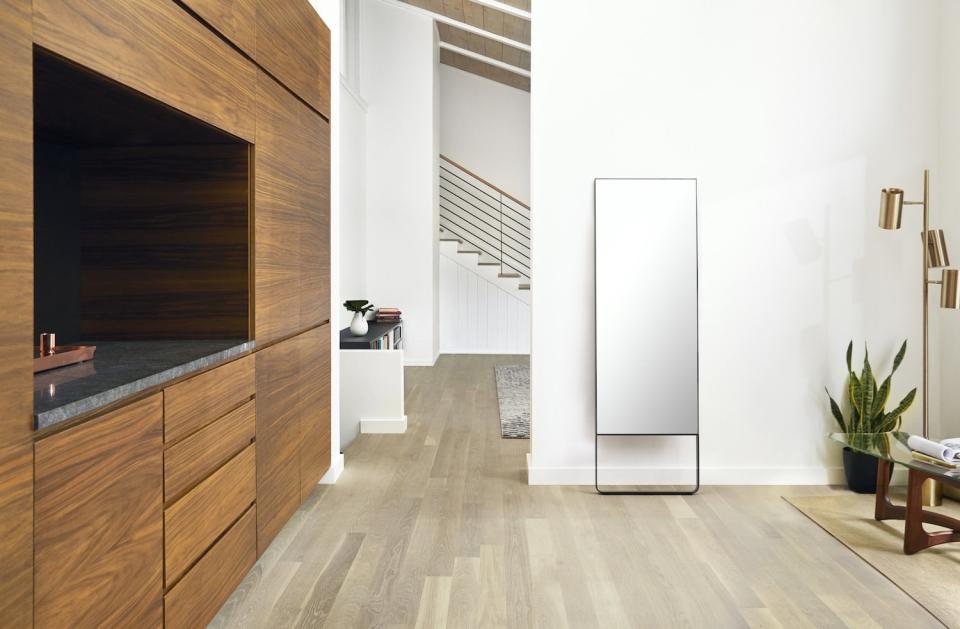
Hang on, why you wouldn’t just stream a workout app on your smart TV? We asked this, too, when we first heard about Mirror. But experiencing a class while watching yourself in action is so much more satisfying than it sounds. That was what founder Brynn Putnam had in mind when she created Mirror. As a former dancer and creator of Refine Method (a high-intensity interval training studio, or HIIT as it’s known in the fitness world), Brynn understood the significance of watching yourself in the mirror as you work up a sweat. Not only does it make you correct your own form, it also keeps you engaged and focused, because you’re staring the subject (you) in the face. Not to mention, a discreet built-in camera (that you can cover for privacy when not in use) allows for one-on-one sessions with a personal trainer, a feature that is rolling out shortly. If this all sounds too good to be true, it, of course, comes with a price tag. Mirror itself costs $1,495, with a monthly content subscription of $39, and personal training sessions start at $40. Which sounds steep, except by comparison: Equinox can cost around $3,540 per year after a $500 initiation fee, and ClassPass can cost around $1,920 per year plus costly cancellation fees. And considering the Mirror actually serves as a legitimate piece of decor in your home, it’s not hard for a fitness junky to justify.
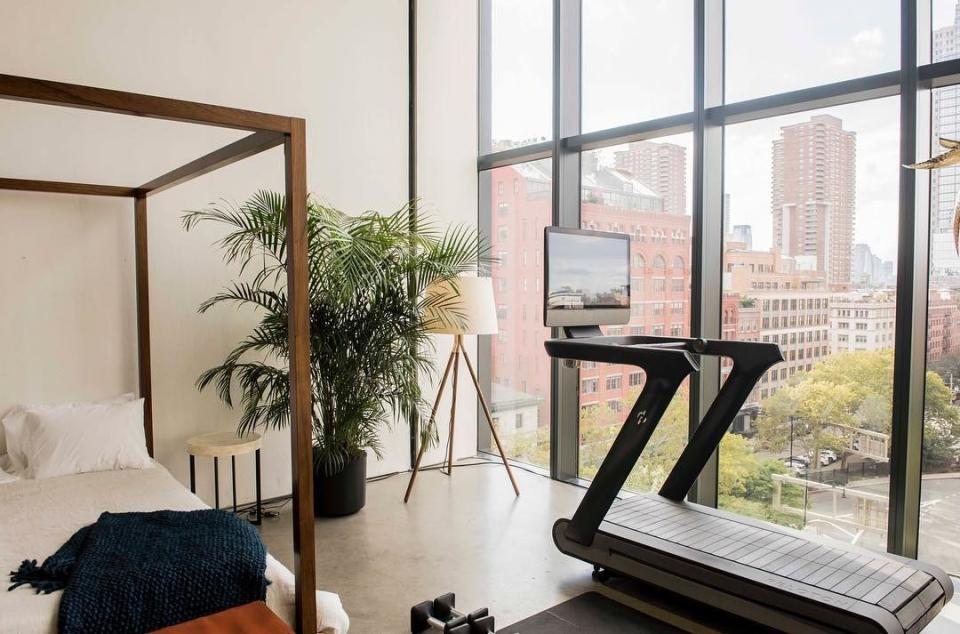
Of course when you think of modern at-home workout equipment, you think Peloton: the sleek stationary bike that—similar to Mirror—streams live and on-demand spin classes on a screen mounted to the handlebars. Bursting onto the scene in 2014, the Peloton bike phenomenon is clear proof that people are ready to work out at home again; the six-year-old company is already valued at $4 billion and claims to sell a bike in every state each day of the week. (The bike costs $1,995, so it’s not a spontaneous purchase.) Confident with its success rate, Peloton is now leaping forward with a highly anticipated new product: the Tread. That’s right, the company is going to attempt to sell an at-home version of one of the most intimidating pieces of workout equipment, for (gasp!) $3,995 plus delivery.
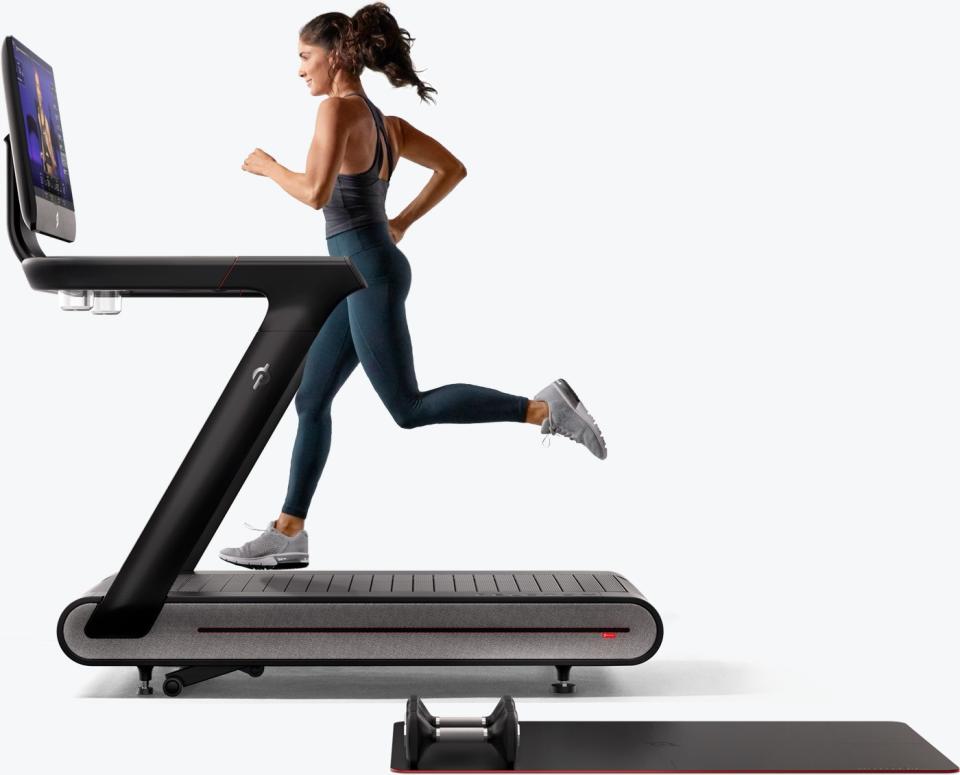
But, genius that it is, Peloton is marketing the Tread not as a treadmill, but as a piece of equipment for HIIT classes, which have become wildly popular thanks to studios like Barry’s Bootcamp and Orangetheory. Unlike Mirror, though, this device is impossible to blend seamlessly into your home decor…so, will it stick? Time will tell, as Peloton has just started shipping the first Treads via preordering. We can report that while the equipment is large, it’s light years ahead of the home treadmills of the past, with slats instead of a continuous belt for low impact, and four feet raising it off the ground so the whole house doesn’t shake when you sprint.
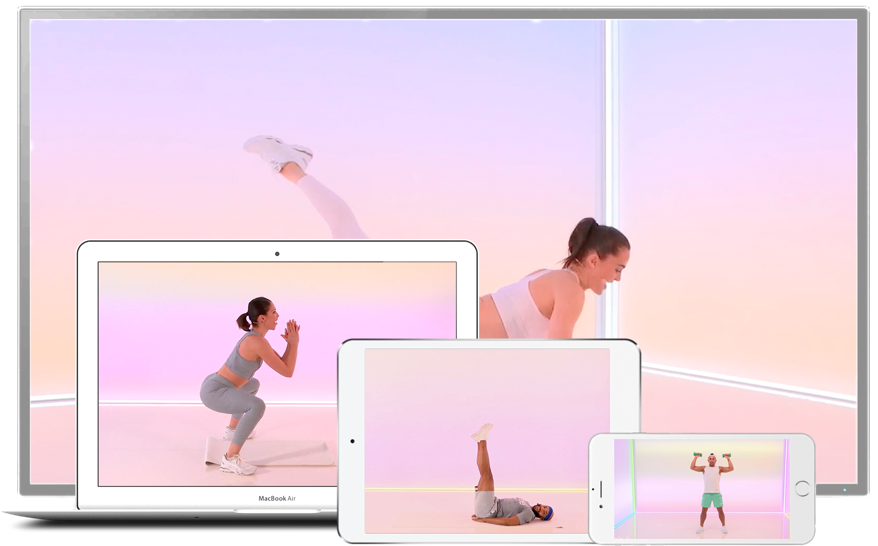
For those who lack floor space for permanent equipment, there is the flourishing world of at-home workout apps that require little more than a yoga mat. In just three years fitness app usage has grown 330 percent with high-end experiences like Nike Training Club, Aaptiv, and Obé offering live and on-demand workouts led by social media–famous trainers and even professional athletes. Many of the body weight–only workouts are under 30 minutes, catering to those that are just trying to get a quick session in before dashing out for the day or in between tasks for those working from home.
Many fitness influencers and independent trainers have their own workout streaming platforms, like Melissa Wood-Tepperberg, whose toning workouts are filmed in her personal apartment.
Of course, it wouldn’t be a trend unless IKEA is partaking, and sure enough, the retailer announced an upcoming collaboration with Adidas on a collection to make exercising at home easier, and at a good price point. “We know the home plays an important role in creating lifelong habits both for adults and children,” said Josefine Aberg, Adidas’s VP of Design, Training at the Ikea Democratic Design Days last June. “So we will really be looking at how we can make fitness fit into their home environment, and how it can be a part of their daily routine.” While there is no specific launch date for the collection, the two megabrands have been popping into real households to learn where the challenges lie, primarily with space restrictions. But if there’s any company that can solve a small space problem, it’s IKEA, so look out for whole new ways to build buns of steel from the comfort of your living room.

